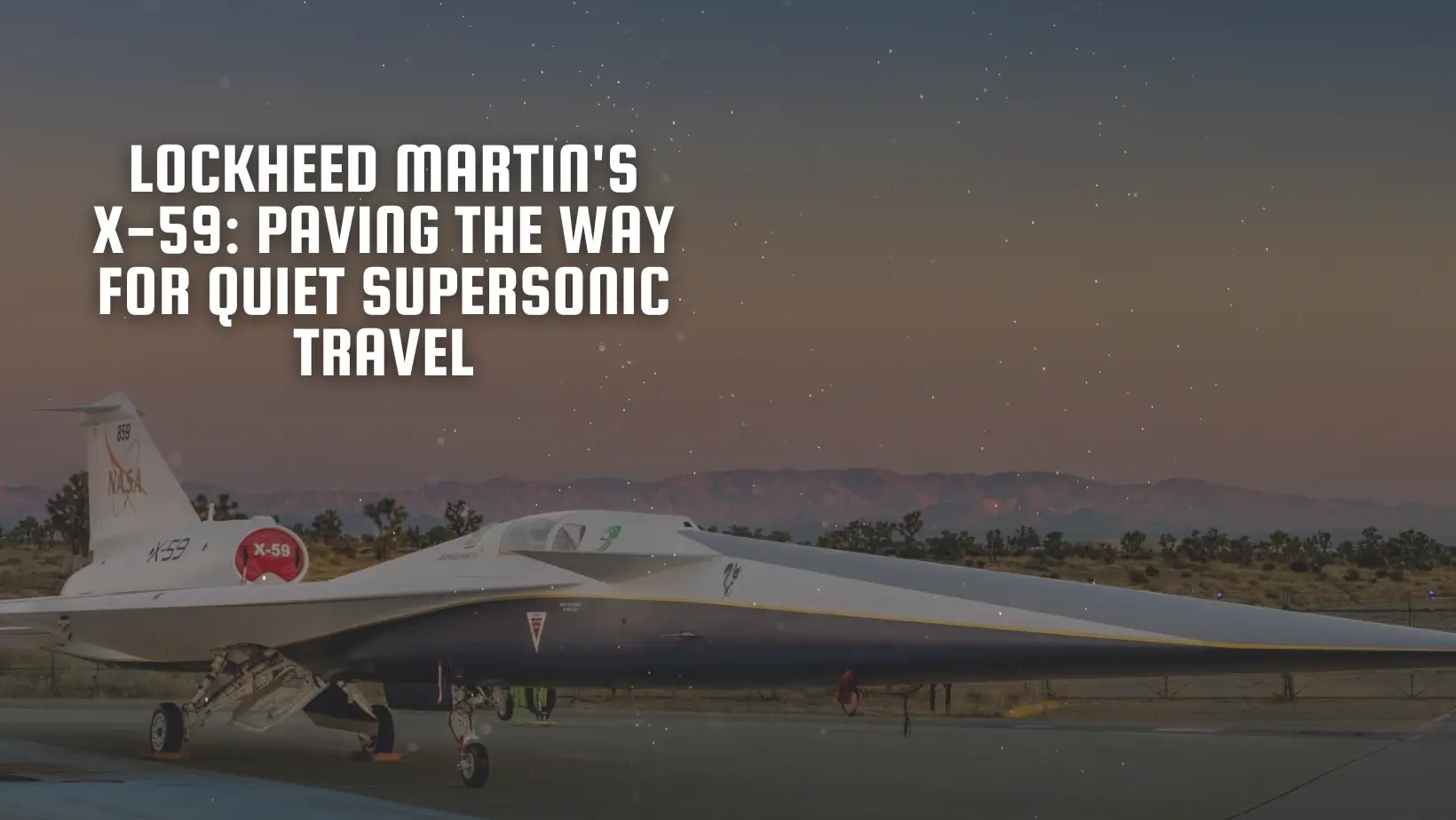Lockheed Martin's Skunk Works, in collaboration with NASA, recently unveiled the groundbreaking X-59, an experimental aircraft poised to revolutionize supersonic travel. The ceremony, held in Palmdale, California, marked a significant milestone in the quest for commercial aircraft capable of traveling faster than the speed of sound while minimizing the disruptive impact of sonic booms.
Described as a quiet supersonic aircraft, the X-59 represents a pioneering endeavor in aeronautical engineering. With a speed capability of 925 mph (1.4 times the speed of sound), the aircraft's innovative design and cutting-edge technologies facilitate quieter supersonic flight.
NASA's vision for the X-59 extends beyond its role as a singular experimental airplane; it serves as the linchpin of the agency's Quesst mission, aimed at addressing the primary challenge of supersonic flights over land: the reduction of sonic booms to a "gentle thump." By significantly mitigating the disruptive nature of sonic booms, the X-59 strives to transform supersonic travel into a more feasible and commercially viable option.
Measuring 99.7 feet in length and 29.5 feet in width, the X-59 boasts a distinctive thin, tapered nose that represents nearly a third of its entire length. This pioneering design element plays a pivotal role in dispersing the shock waves typically associated with traditional supersonic aircraft, thereby minimizing the production of sonic booms.
With its groundbreaking advancements and remarkable capabilities, the X-59 is poised to usher in a new era of supersonic travel, symbolizing a critical step forward in the pursuit of quieter, more sustainable commercial aviation.
